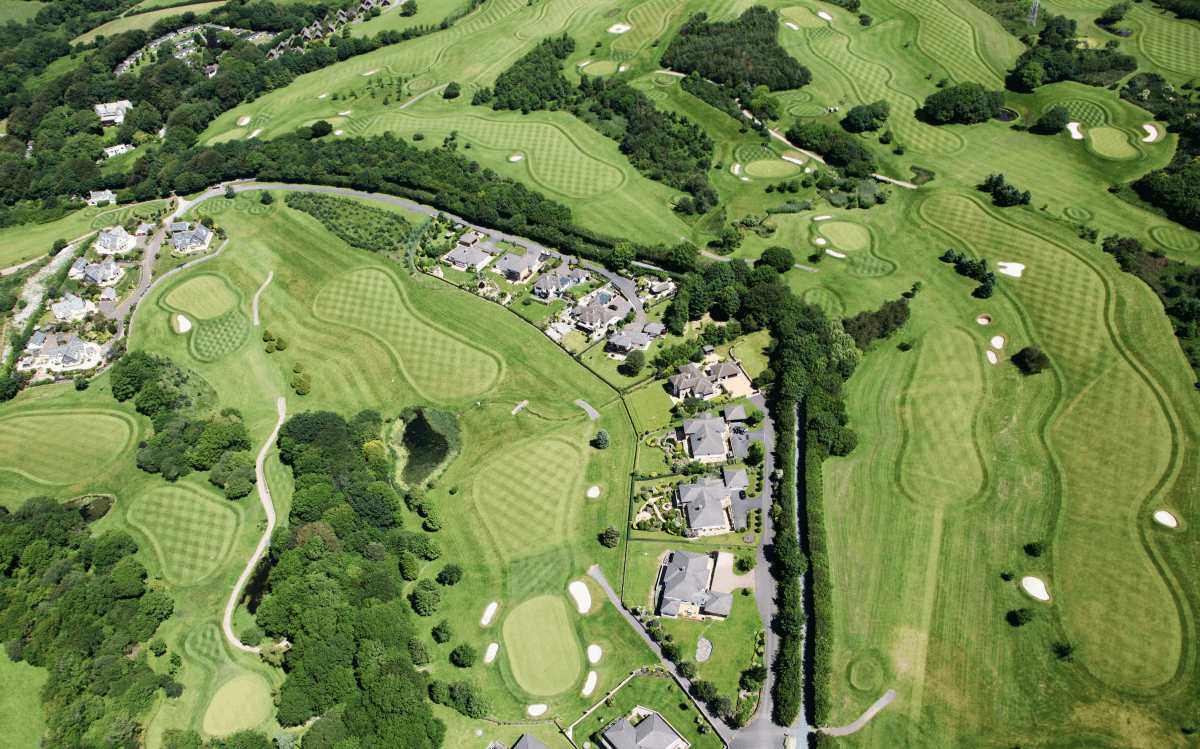The Greatest Guide To Landscapers
Table of ContentsThe 8-Minute Rule for LandscapersThe Ultimate Guide To LandscapersThings about LandscapersTop Guidelines Of LandscapersThe 5-Minute Rule for Landscapers8 Easy Facts About Landscapers Explained
- A garden attribute where water is stood for by an accumulated rock item, usually a crushed rock or granite. These are most generally located in contemporary and Japanese yard layout.- A rock or flagstone patio, path, or sidewalk constructed without a concrete base. The base would be compressed gravel and the joints would be an accumulation or walkable ground cover. - A stone retaining or cost-free standing wall surface built without the use of mortar. A very competent mason is required for a dry pile stone wall surface. A lot of walls in Portland are moist stacked, also if they appear to be. - An underground structure that accumulate water and allows it to reduce percolate right into the soil around it.
Landscape layout that is compatible with a sites' atmosphere in both look and sustainability without negative impacts to the environment. Edging in the landscape is a line of separation that creates aesthetic rate of interest in the yard by separating one segment from an additional sector.
Areas can likewise have a feeling of "room" given by trees, various other plantings, fences, or screens. The landscape near the entrance to a structure. A tree, hedge or vine, trained to expand on a wall surface or fencing right into a certain pattern. Particularly beneficial for fruit trees, making it very easy to gather the fruit and consisting of mess.
Landscapers - The Facts

The aspect in a landscape design or area in a landscape that is indicated to be most famous. The focal point can be a plant, rock, statuary, collecting area, or various other landscape function. A style of yards or garden elements that emphasize straight lines, best angles and circles. Bushes or hedges located in beds near the structure of a home or other framework.

Things about Landscapers
Rock product, either rounded or fractured, that is relatively little- normally 1" or much less. Low plants that are permitted or urged to top an area. Can refer to any "hard" garden aspects including statuary or boulders but use this link a lot of generally is used to refer to paths, patios, and walls.: Elevation distinction in between the degree of water in a pond (or the degree of the pump if it rests outside the pond) and the top electrical outlet of water which influences efficiency of the water pump in gph (gallons per hour). Dense shrubs or trees that form a fence, display, or border.
Fence boards that run flat, commonly used in modern-day or Japanese-inspired landscape layouts. Correct use of imaginary lines can aid the landscape feel connected to the home and various other elements.
Traditional PNW landscapes are informal. A plant that spreads even more than wanted, or into habitats where it does damages.
Not known Factual Statements About Landscapers
Can consist of head placements and protection, pipeline sizing, GPM specifications, and materials needed to mount this system. Certified professional who develops landscapes, coached in engineering and architecture as well as in cultivation.
Landscape developers typically have less education than Landscape Architects and are not certified. A completed landscape design, outlining all components for the new landscape.
Calcium material used to raise the pH in dirt, which will make it much less hospitable to moss (Landscapers). A water tight HDPE material utilized below ponds, streams and waterfalls in water functions. Making use of lots of plantings of the exact same selection to fill in an area in the landscape. This can decrease maintenance and water use in the yard.
A layer of compost or bark dust applied at the base of a plant. A plant that was present in a geographic place prior to individuals started altering the landscape.
Getting The Landscapers To Work
Exactly how the yard or a yard component is set up in relationship to an existing or brand-new feature or to an instructions. Maintaining a grass without the usage of chemical herbicides, pesticides, or fertilizers. Turfs that are not mowed but expanded in landscapes as perennials. This is a partially open sided relaxation or recreation location that adjoins a home, used for amusing, outdoor eating and just delighting in get redirected here the outdoor setting.

Little round gravel. Plants that supply seasonal interest and after that pass away back in the winter. Annuals do not return the following season, yet perennials do. Winter season lawn that is one of the most typical lawn grass in Portland, OR and the remainder of the PNW.An open roofed framework over a patio or other landscape function.
Basalt aggregate ranging in size from 1/4" down to dirt. One of the most usual landscape crushed rock in the PNW. Area of the landscape created to handle straight from the source rainfall water till it can saturate right into the ground. A chain that manages water as it takes a trip from a roofing system rain gutter to the ground. Garden structure that creates a planting area that is included and greater than the surrounding grade.
Creating a garden function consisting primarily of rocks with plantings that complement and can flourish in the rocky setting. Lawn sprinkler head style that rotates a stream of water across an area.
The Ultimate Guide To Landscapers
